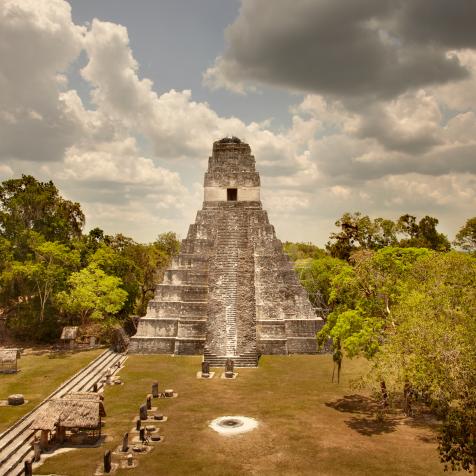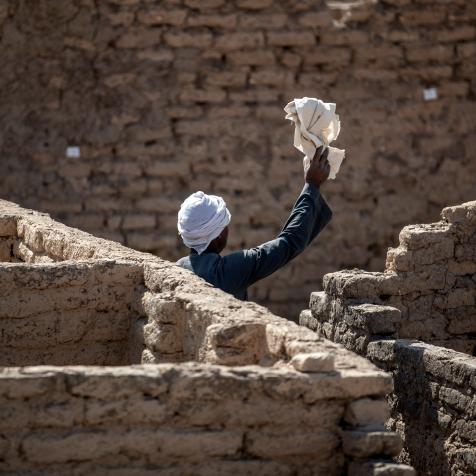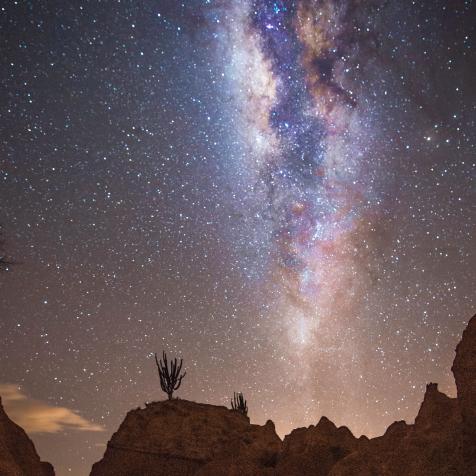
DC_Colombia
In this Mars-Like Landscape, You Can See Both Hemispheres At Once
There’s a rarely-visited, dusty corner of the world where something magical happens. The place, which looks like Mars with its red rock landscape, is the Tatacoa Desert, in Colombia.
Tatacoa is located in the region of Huila, south of the country’s capital Bogotá. Although Tatacoa, with its protruding cacti and red rippled rocks, is called a desert, it is in fact a dry tropical forest. But the exciting, and very unique, feature of this desert, is what happens above it, at night.
Thanks to its remote location–it’s almost 30 miles and an hour’s drive over bumpy winding roads to the nearest town–Tatacoa has no light pollution to interfere with the night sky.
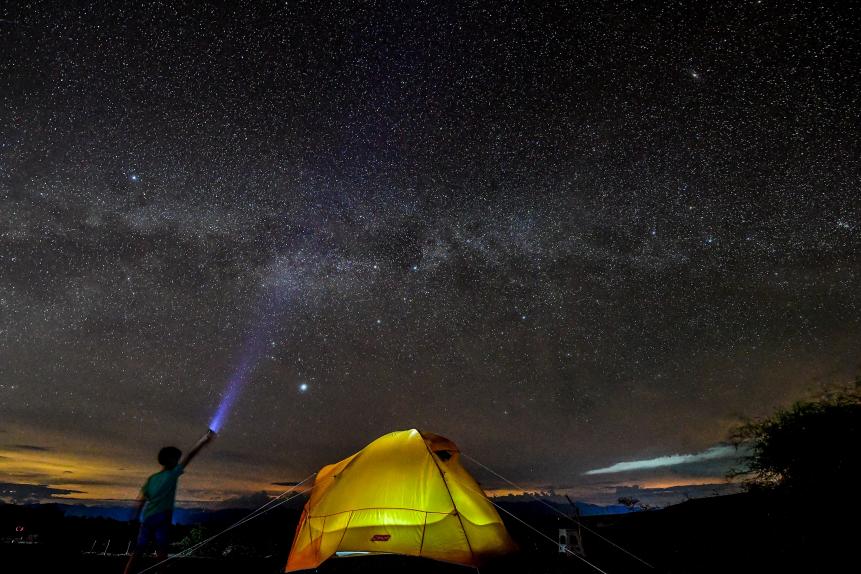
LUIS ACOSTA
Up to 88 constellations are visible on a clear night, as well as both hemispheres – something that happens nowhere else in the world.
The warm and dry climate helps with stargazing; a stable atmosphere, which happens in dry spots or places of high elevation, decreases something called scintillation, which is when a star’s light rises and falls rapidly. It’s why stars twinkle, which looks beautiful but isn’t so great for astronomers.
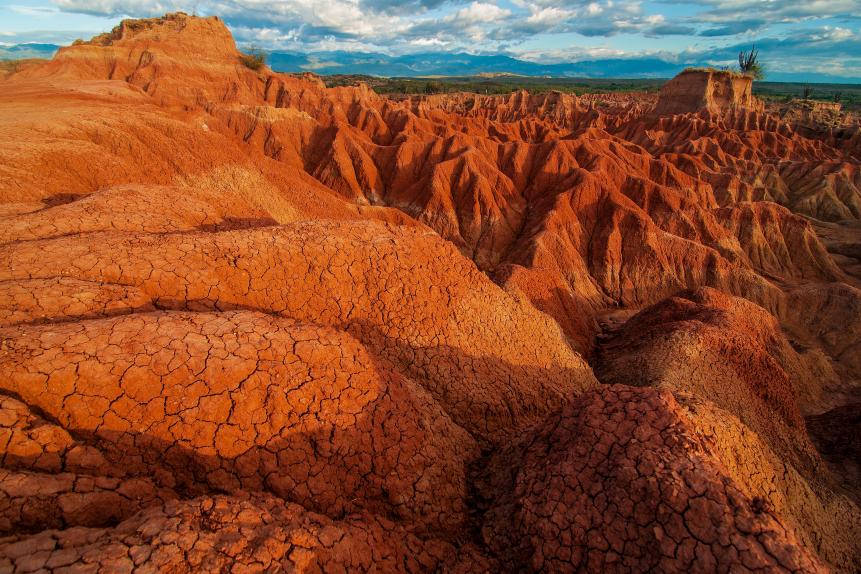
DC_Colombia
Not only is Tatacoa a natural wonder, but the DIY observatory that’s run by a Colombian man named Javier Fernanda Rua Restrepo has become a star attraction too. In fact, this humble building attracts stargazers from all over the world, from China to Iceland to Australia. And Restrepo has also become well-known in astronomer circles, with a few scientists donating their own telescopes to support the grassroots observatory.
The Colombian, who is originally from Cali, fell in love with the stars thanks to his father’s interest in astronomy and science, and first visited Tatacoa in 1997, to try to see the Comet Hale-Bopp. He stayed for a couple of days before heading back to his hometown. But within a month, he returned to Tatacoa–and never left, camping out for weeks on end waiting for the night to come so that he could watch the stars.
Restrepo had originally worked at the Colombian government’s observatory, which he helped staff for 15 years. But after budget cuts meant he lost his job, he figured he would simply build his own.
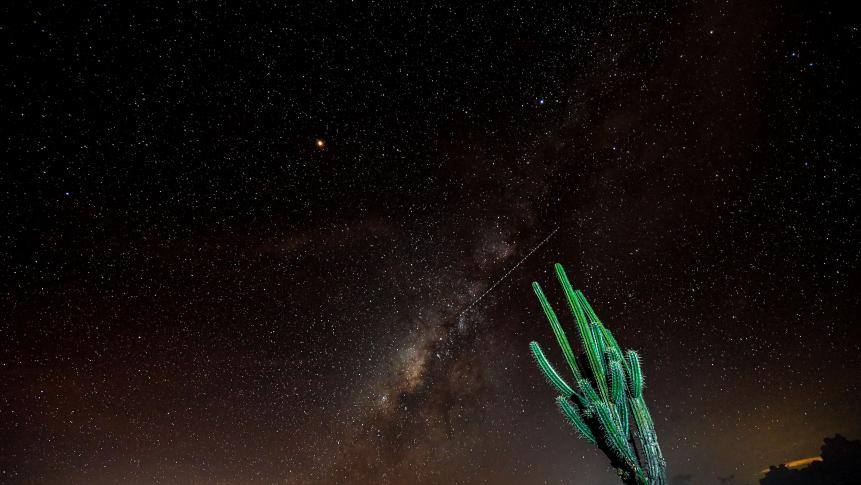
LUIS ACOSTA
In 2015, Restrepo opened the doors to his observatory–Tatacoa Astronomia–with just one telescope. Now, as Colombia has grown in popularity as a tourist destination, hundreds flock to Restrepo’s star party, which he holds once a year in July.
Tatacoa Astronomia is only open on starry nights, and Restrepo remains the sole employee. But that doesn’t distract from the intimacy and the specialness of the place. The structure sits on a small patch of land that Restrepo bought himself, and is cordoned off by tarpaulin to add an extra sense of mystery and intrigue for visitors.
“The stars… they put my life into its tiny perspective,” he says, “and they constantly remind me there are greater things out there.”










































































